 Shutterstock
Shutterstock
Training your dog is key to responsible pet ownership, helping to strengthen your bond, promote good behavior, and ensure safety. However, many dog owners unknowingly make mistakes that can hinder progress or lead to behavioral issues. These mistakes can even be dangerous for your dog. Effective training requires patience, consistency, and clear communication. Recognizing and correcting common errors, such as inconsistency or improper reinforcement, will help you avoid confusion, fear, and frustration, leading to a healthier relationship and more successful training outcomes for both you and your dog.
Using Punishment-Based Training Methods
 Shutterstock
Shutterstock
Punishment-based training, which focuses on scolding or physically reprimanding a dog for undesirable behavior, can be both ineffective and harmful. While it may seem like a quick fix, this method often results in fear, anxiety, and aggression in dogs, rather than behavior change. When a dog is punished, they can become confused about what behavior is expected, and the association with fear can damage the bond you share with your pet. Positive reinforcement, which rewards good behavior with treats, praise, or toys, is a much more effective and humane method. Positive training encourages your dog to learn what is expected of them without fear or intimidation.
Inconsistency in Commands and Expectations
 Shutterstock
Shutterstock
Inconsistent commands and expectations can confuse your dog. When you give one command but your partner or family member uses a different one for the same behavior, your dog may not understand what is being asked of them. For instance, if one person says “sit” and another says “sit down,” the dog might struggle to understand the command. Similarly, inconsistent enforcement of rules—allowing your dog on the couch one day but not the next—leads to confusion about what is and isn’t allowed. Establishing clear, consistent commands and rules ensures that your dog knows what is expected, creating a more harmonious environment and improving training outcomes.
Ignoring Socialization
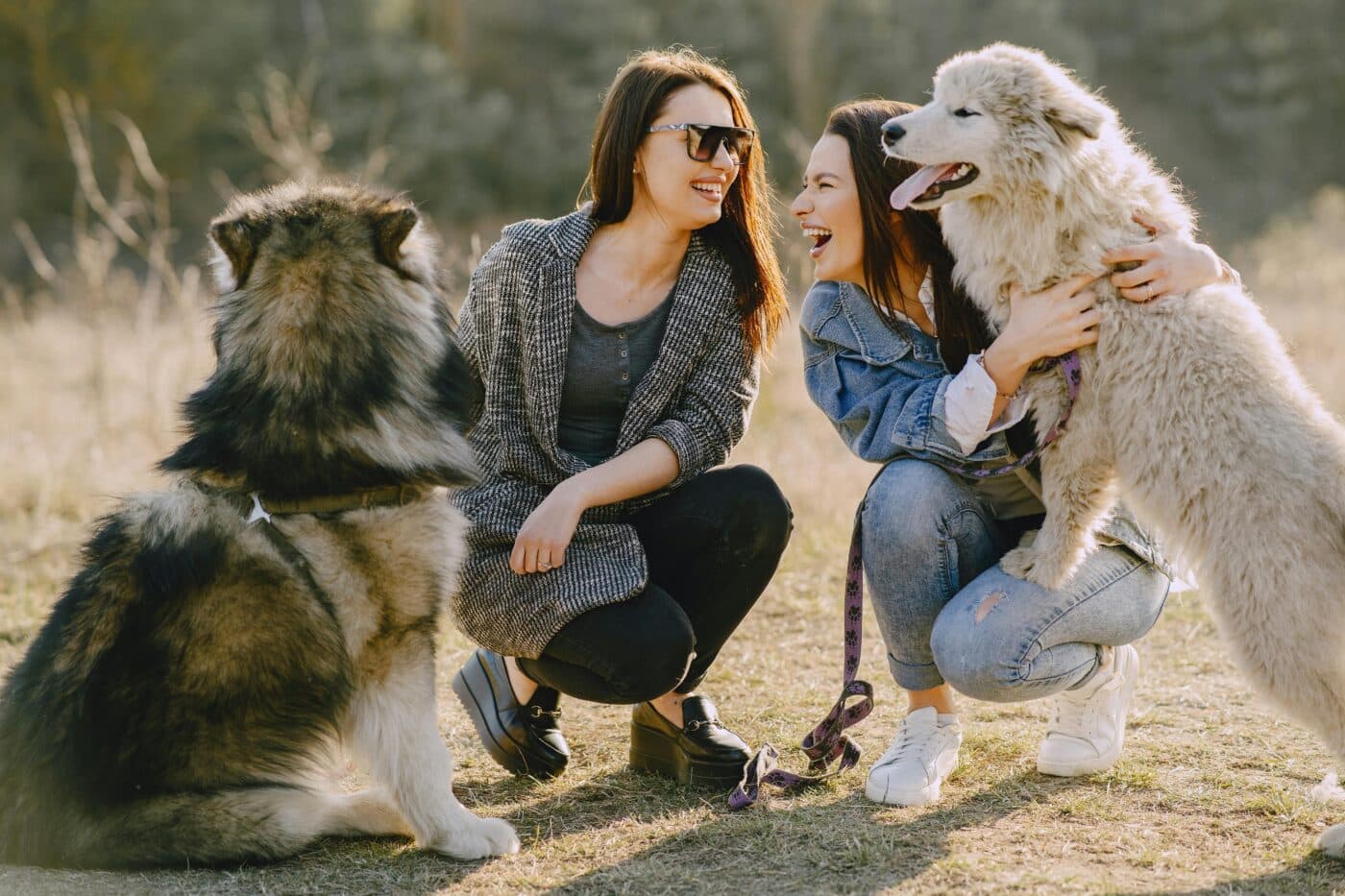 Shutterstock
Shutterstock
Proper socialization is a crucial aspect of dog training. Failing to expose your dog to different people, environments, and other dogs can result in behavioral problems, such as aggression or fearfulness. Dogs that haven’t been properly socialized may become anxious or even aggressive when they encounter new situations or strangers. Socialization should begin at a young age, ideally between 3 and 14 weeks, but it can still be introduced later in life. Gradually exposing your dog to different environments, noises, and people in a controlled manner helps them feel more comfortable and confident in new situations, reducing the likelihood of fearful or aggressive behavior.
Not Meeting Your Dog’s Physical and Mental Needs
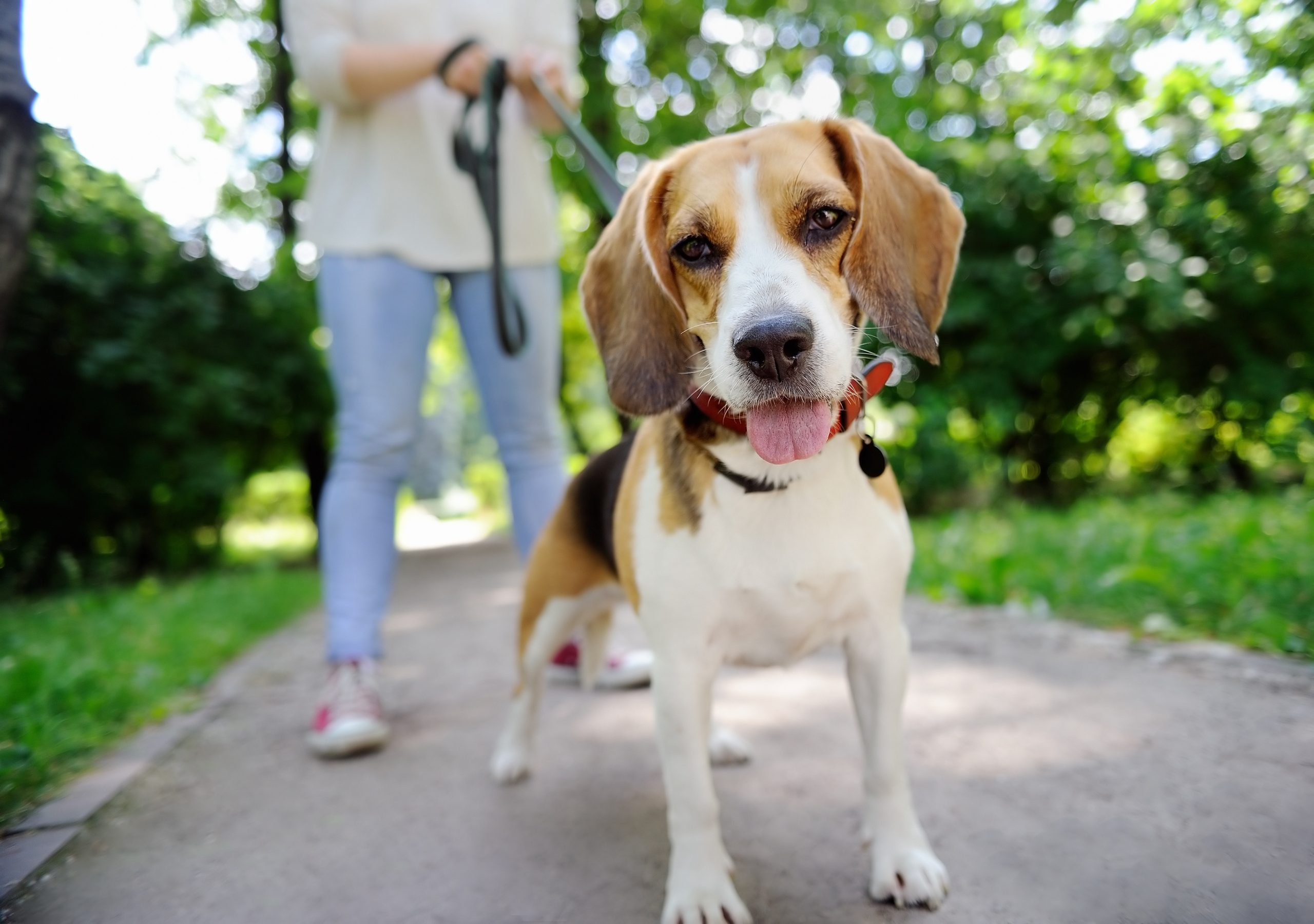 Shutterstock
Shutterstock
Training isn’t just about teaching your dog commands—it’s also about meeting their physical and mental needs. Dogs that aren’t given enough exercise, mental stimulation, or playtime can become bored and frustrated, which may lead to destructive behavior. For example, an under-exercised dog may chew furniture or bark excessively out of frustration. Dogs need both physical and mental challenges to stay healthy and happy. Interactive toys, puzzle games, and training sessions that stimulate their minds, combined with regular walks and play, will help reduce undesirable behaviors and foster a stronger connection between you and your dog.
Expecting Too Much Too Soon
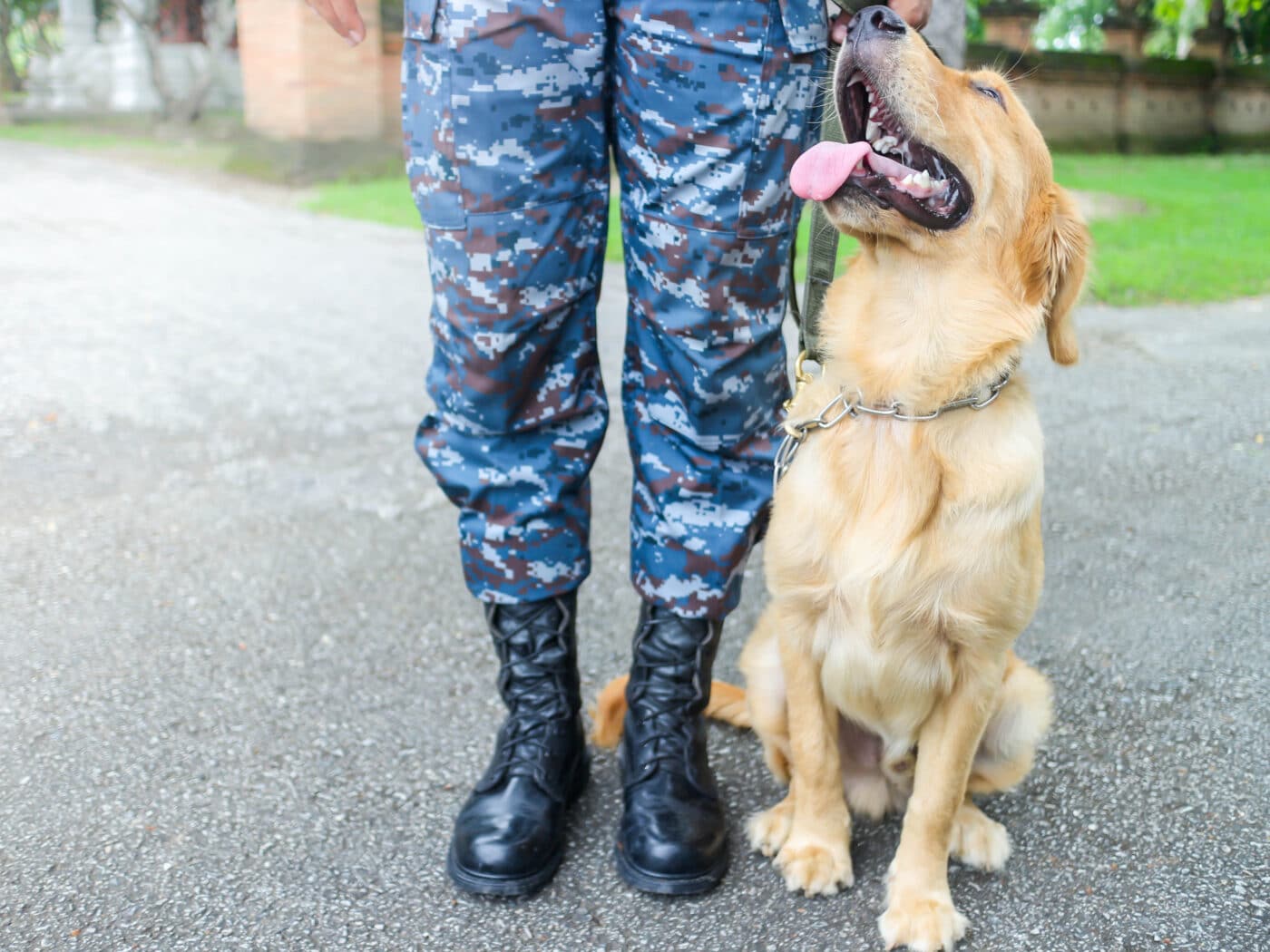 Shutterstock
Shutterstock
Training takes time, and it’s essential to set realistic expectations for your dog’s progress. Expecting too much too soon can result in frustration for both you and your dog. If your dog isn’t picking up a new behavior quickly, it’s easy to become discouraged or resort to punishment. However, dogs need time to process new information and behaviors, and every dog learns at their own pace. Be patient and take the time to reinforce what your dog has learned consistently. Rewarding progress, even if small, encourages them to keep trying and builds their confidence.
Using Negative Reinforcement
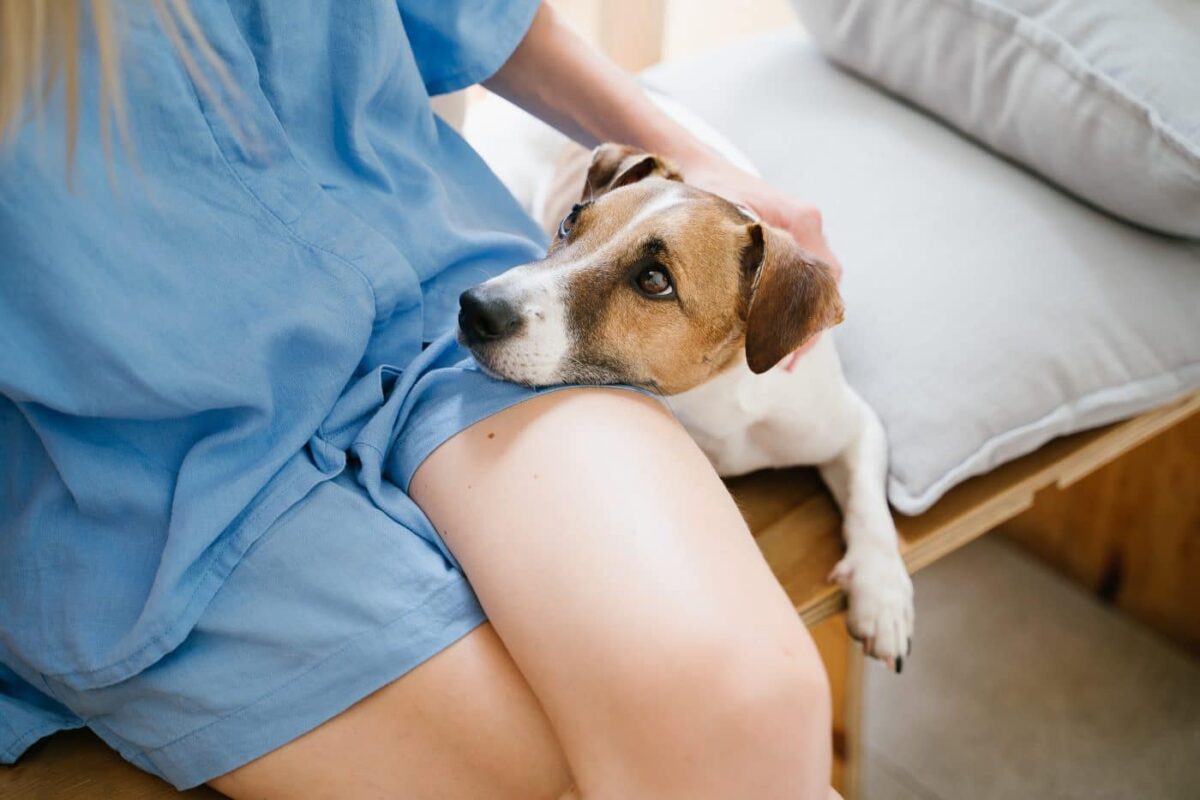 Shutterstock
Shutterstock
Negative reinforcement involves the removal of something unpleasant when a desired behavior is exhibited. While it may sound harmless, this method can create stress and confusion for your dog. For example, using a choke chain to correct a dog’s pulling behavior can cause pain and discomfort, leading to anxiety rather than understanding. While some forms of negative reinforcement can be effective in specific situations, they are far less effective than positive reinforcement and can harm the relationship between you and your dog. Focusing on rewarding good behavior with praise, treats, or toys is a safer and more effective way to train.
Skipping Basic Obedience Training
 Shutterstock
Shutterstock
Basic obedience training is essential for your dog’s development, even if you only want them to be a companion. Skipping foundational commands such as “sit,” “stay,” “come,” and “leave it” can lead to greater challenges down the road. These commands serve as the building blocks for more advanced training and provide safety for both you and your dog. For example, teaching your dog to reliably come when called can prevent dangerous situations, such as running into traffic. Basic obedience also creates a structured environment and strengthens the bond between you and your dog, as they learn to trust your leadership.
Overuse of Treats
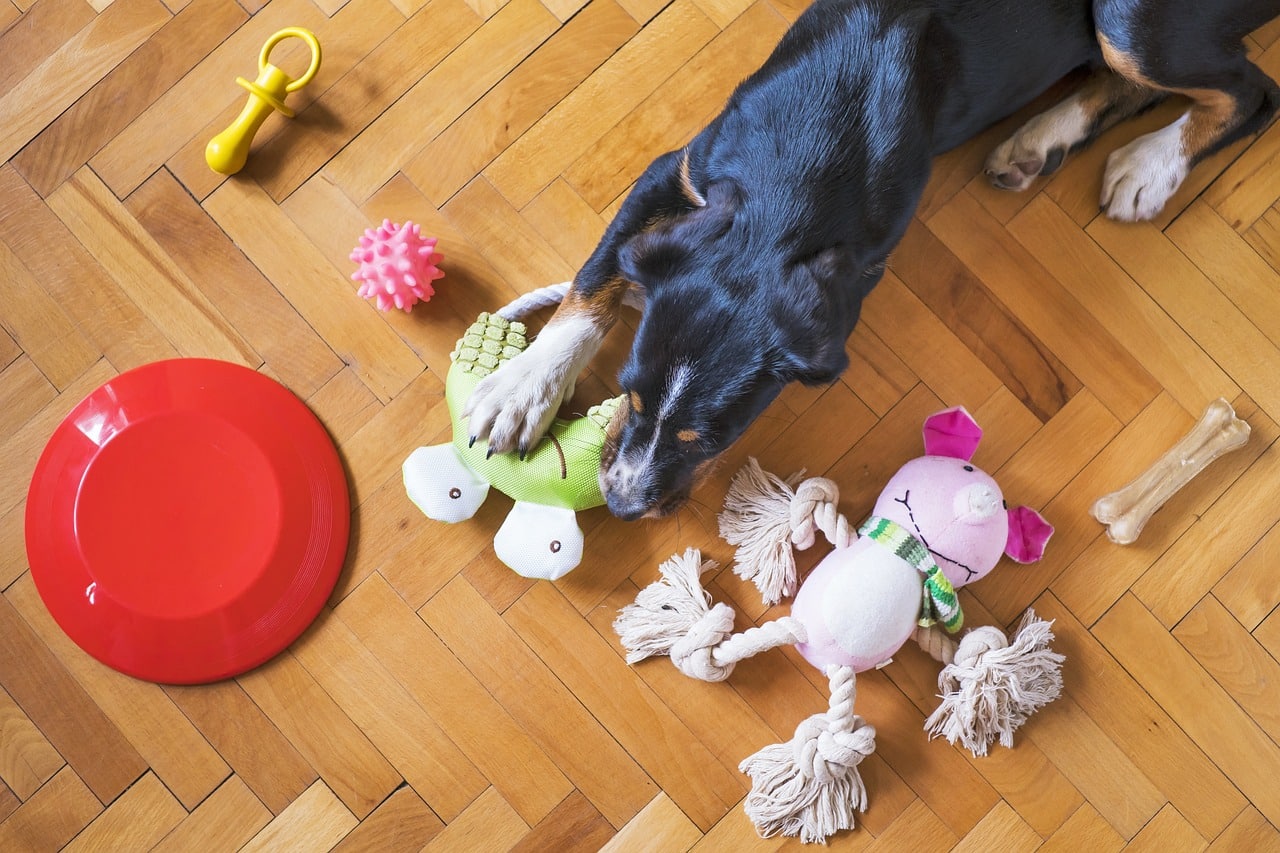 Shutterstock
Shutterstock
Using treats as rewards during training is a great way to reinforce positive behavior. However, over-relying on treats can lead to problems. If you’re constantly using treats to reward your dog, they may come to expect a treat for every good behavior and will not respond to other forms of praise, such as verbal cues or affection. Additionally, over-treating can contribute to obesity or health issues if not monitored. As your dog learns new behaviors, it’s important to gradually reduce the frequency of treats and substitute them with other forms of praise or rewards.
Neglecting Leash Training
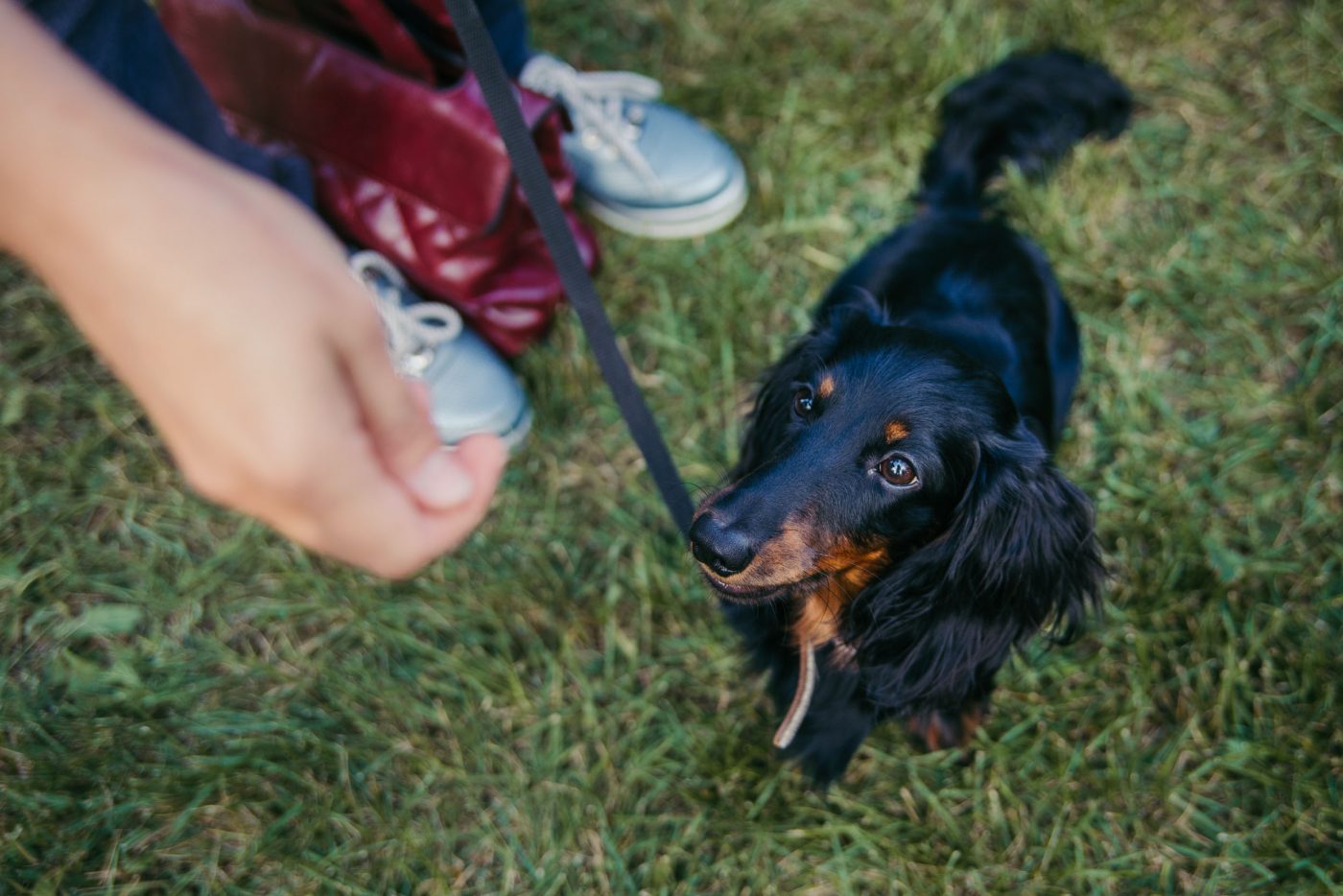 Shutterstock
Shutterstock
Leash training is one of the most important skills your dog needs to learn. Failing to properly leash train your dog can result in frustration, stress, and even dangerous situations. If your dog pulls on the leash, lunges at distractions, or refuses to walk, it can lead to tension and injury for both you and your pet. Starting leash training early and consistently practicing positive techniques can make walks more enjoyable for both of you. Reward your dog when they walk calmly by your side, and be patient as they learn the correct behavior.
Failing to Correct Behavior Immediately
 Shutterstock
Shutterstock
Dogs learn best when behavior is corrected immediately after it occurs. If you wait too long to address undesirable behavior, your dog may not connect the correction to their action. For example, if your dog jumps on guests but you wait until after they leave to scold them, the dog will be confused and unable to link the punishment with their behavior. Immediate feedback helps dogs learn faster and more effectively. Make sure to correct bad behavior as soon as it happens, using clear, consistent cues that your dog can understand.
Not Using Positive Reinforcement Consistently
 Shutterstock
Shutterstock
Positive reinforcement is one of the most effective training methods, but it only works when used consistently. If you only reward your dog intermittently, they may become confused about what behavior is being reinforced. Consistently rewarding your dog with treats, praise, or toys when they perform the desired behavior helps them understand what is expected and encourages them to repeat the behavior. Positive reinforcement should be paired with clear communication, so your dog knows exactly which behavior earned the reward.
Ignoring the Importance of Rest and Recovery
 Shutterstock
Shutterstock
Training can be mentally and physically tiring for your dog, especially during intense or extended sessions. Ignoring your dog’s need for rest and recovery can lead to burnout, stress, or even injury. Just like humans, dogs need downtime to process what they’ve learned and recuperate. It’s important to strike a balance between training, playtime, and rest. Avoid overloading your dog with too much training in a short period. Short, frequent sessions are often more effective than long, exhausting ones, allowing your dog to stay engaged and focused.
Not Seeking Professional Help When Needed
 Shutterstock
Shutterstock
Some training challenges may be beyond your experience or ability to address on your own. If you’re struggling with a particular behavioral issue or feel like you’re not making progress, it’s important to seek professional help. Professional dog trainers or behaviorists can offer expert guidance and develop a tailored training plan for your dog’s needs. Don’t be afraid to ask for help if you’re unsure of how to proceed. A well-trained dog is a happy dog, and getting professional assistance can speed up the training process and help ensure success.
Thinking Training is Only for Puppies
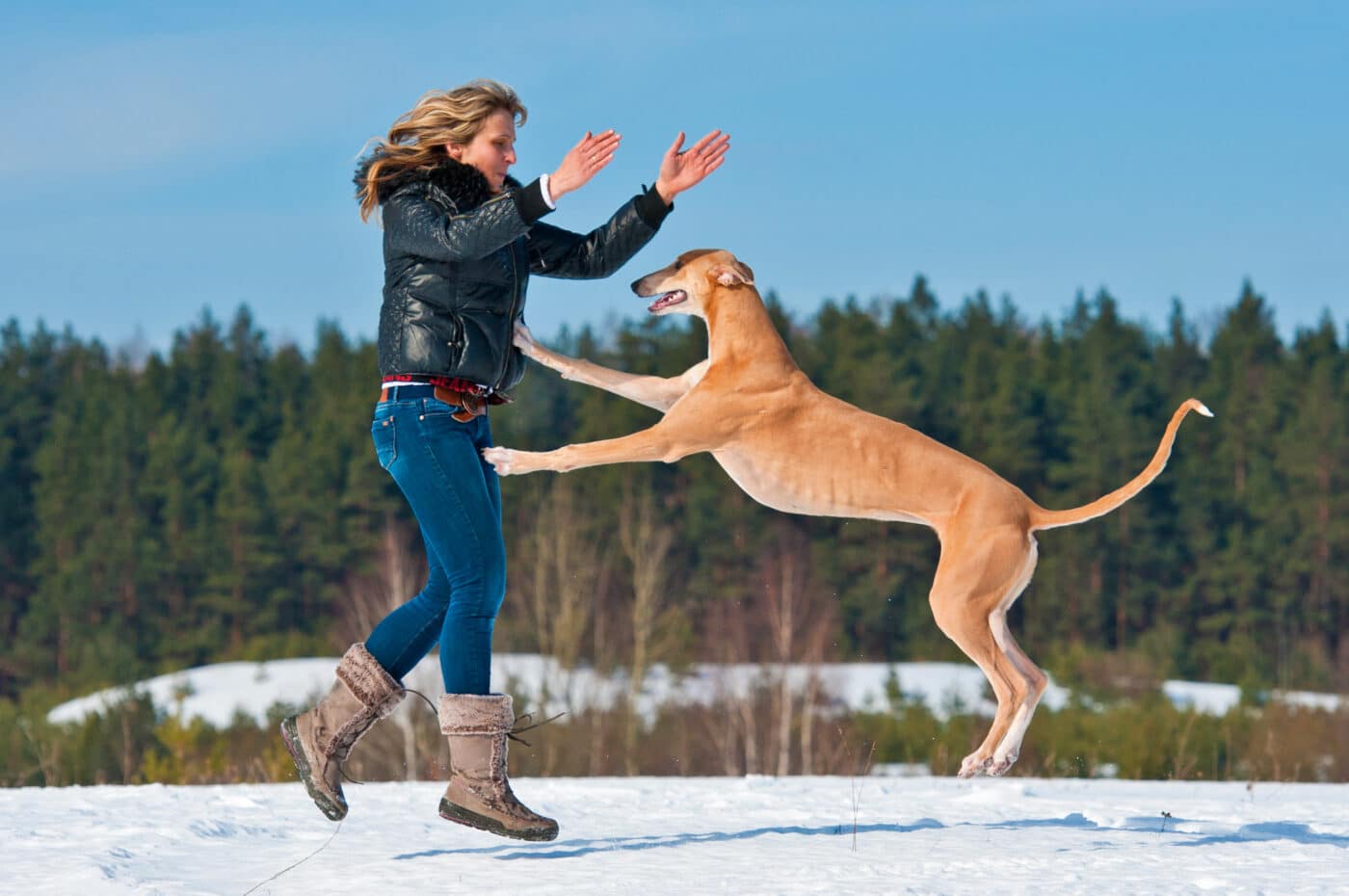 Shutterstock
Shutterstock
Many dog owners mistakenly believe that training is only necessary for puppies. However, adult dogs, even rescues, can benefit greatly from training. Training an older dog can be even more important in addressing bad habits or correcting undesirable behaviors. While puppies are easier to mold, older dogs can be just as receptive to training with the right approach. Whether you’re starting with a puppy or adopting an adult dog, consistent training is key to fostering a well-behaved, happy companion.
The Sit, Stay, And Roll Over Blues
 Shutterstock
Shutterstock
When you’re training your dog, it’s easy to fall into the routine of teaching the same simple commands—like “sit” and “stay”—repeatedly. But if you’re still stuck on the basics and haven’t progressed to more advanced training, you might be missing out on a more fulfilling training experience. Mix it up! Challenge your dog with new tricks, complex commands, or agility exercises that will keep them mentally engaged. Trust us, your dog will not just wow people with “sit” and “shake” at the next dinner party.
 Toledo, United States.
Toledo, United States.